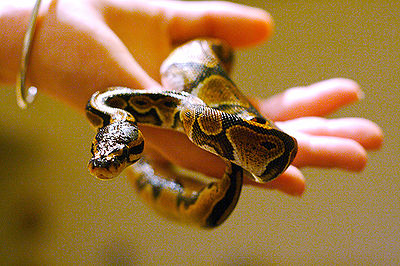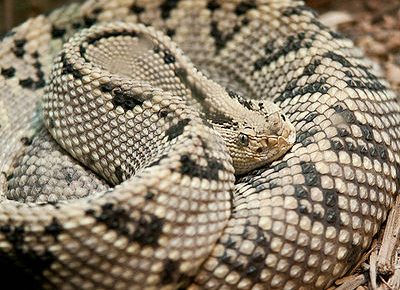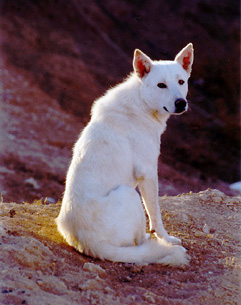
According to ancient beliefs, the snake represents both good and evil – life and death, creation and destruction. Many religions tell of legends regarding immortality and divine inspirations.
- In ancient India, the snake was revered as the king of reptiles. Snakes were accorded full funeral rites when they died.
- Followers of Indian mythology believe that snakes change form every hundred years.
- In Indian myth, a snake that approaches a traveler forewarns of meeting with an enemy, death and ruin for the family’s men.
- Other Indian myths include a snake crawling from right to left is a bad omen for a traveler; if one sees a snake on the right side of the road when entering a town, it means success and victory over an enemy. A cobra with white or mustard colored markings is supposed to be a guardian of wealth. If a person begins a trip seeing a black cobra with a raised hood, it tells of a possible raise in one’s position.
- Many snakes live in water or holes in the ground. For those reasons, the ancient Chinese believed that snakes were the harbingers of life-giving rain.
- In Australia, India, North America and Africa, beliefs link snakes to rainbows relating to fertility and rain.
- Shedding snakes are thought of as symbols of rebirth, immortality and healing.
- The ancient Greek god of medicine, Asclepius, carried a staff called a caduceus which had one or two serpents wrapped around it. The caduceus has become the modern symbol of physicians.
- Some myths portray the snake as a guardian of the underworld. Australian Aborigine legends see snakes as symbols of death, evil or treachery because some are poisonous and dangerous.
- In Hindu Buddhist mythology, the Nagas saw snakes as both good and evil, controlling a variety of happenings. A legend tells of a Meichalinda, the snake who protected Buddha from a storm.
- The Diegueno Indians of California believed a serpent living in the ocean was called to land by the people, placed in a too small enclosure and set on fire. The serpent’s body burst giving the Earth knowledge and all the other treasures he held.
- Fact – there are no two-headed snakes. This myth was created by snake charmers to attract people to their shows.
- Fact – snakes do not remember you if you hurt them. Movies made in India spread this myth.
- In Norse mythology a serpent called Jormungand encircles the world. One tale is of the Norse god Thor who tried to drain the ocean to rid the world of the serpent.
- Then there is the legend of the Loch Ness monster of Scotland. Although many people, even today, have claimed to have seen “Nessy” and researchers have tried to locate him, he remains a hidden mystery.
- Perhaps the most famous snake/serpent of all time is the one in the Bible’s Garden of Eden. Tempting Eve who couldn’t resist, with the fruit of the Tree of Knowledge, changed the world forever.



